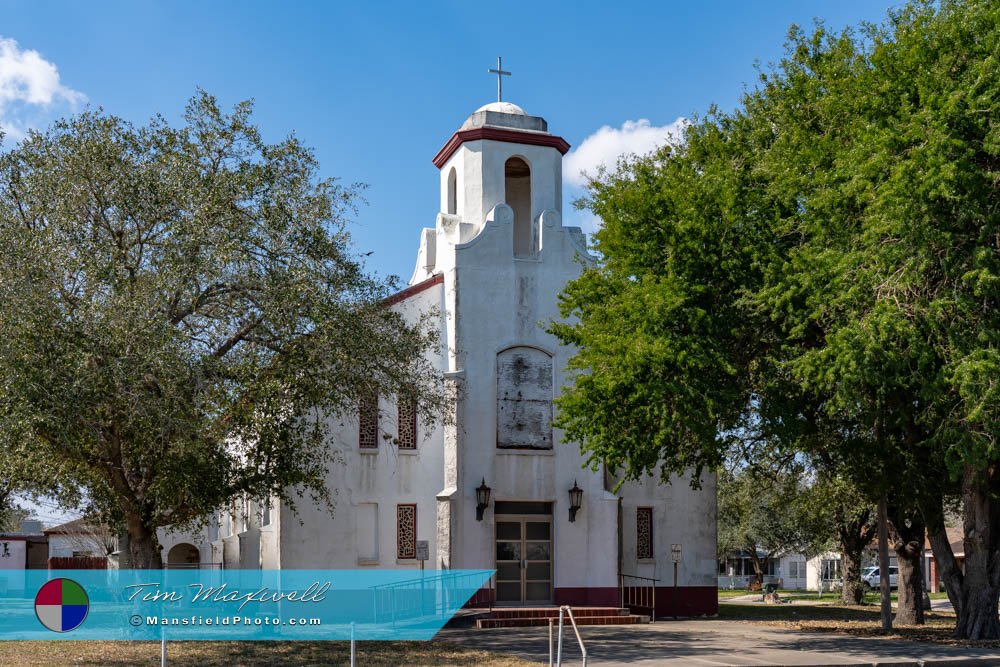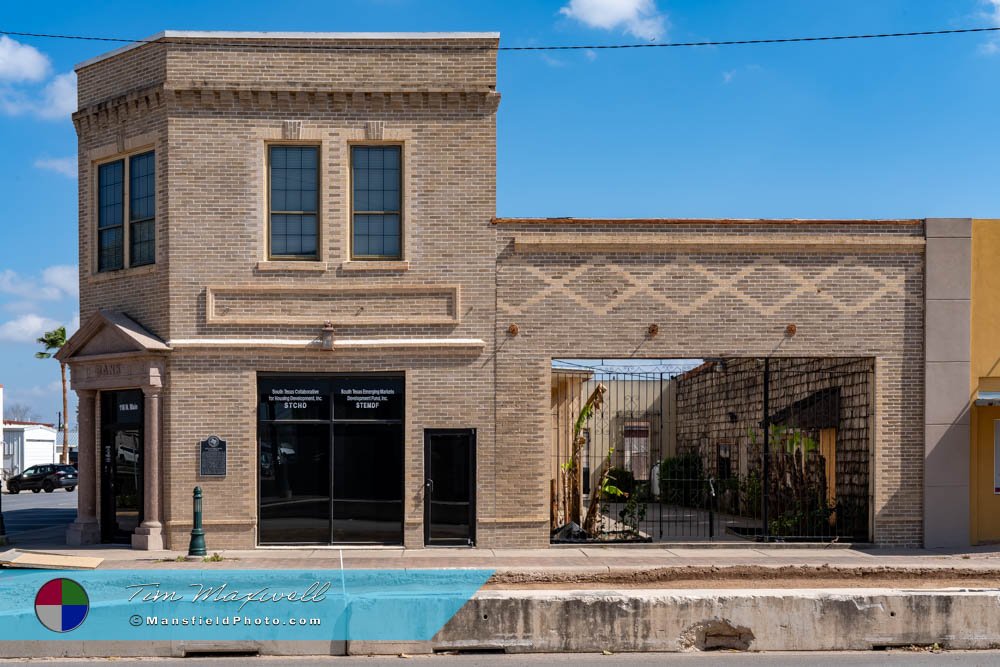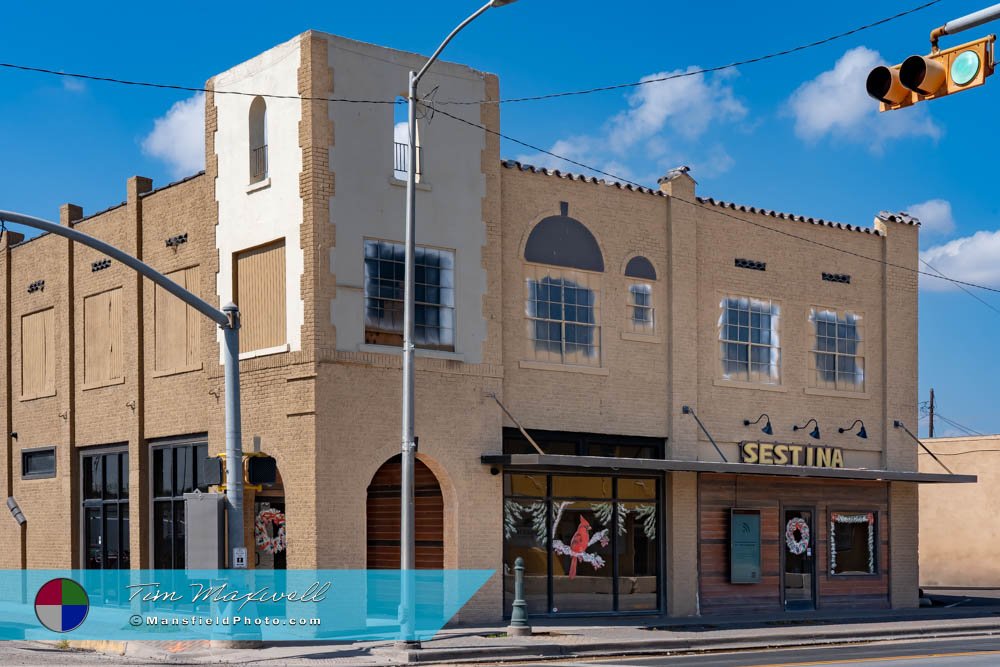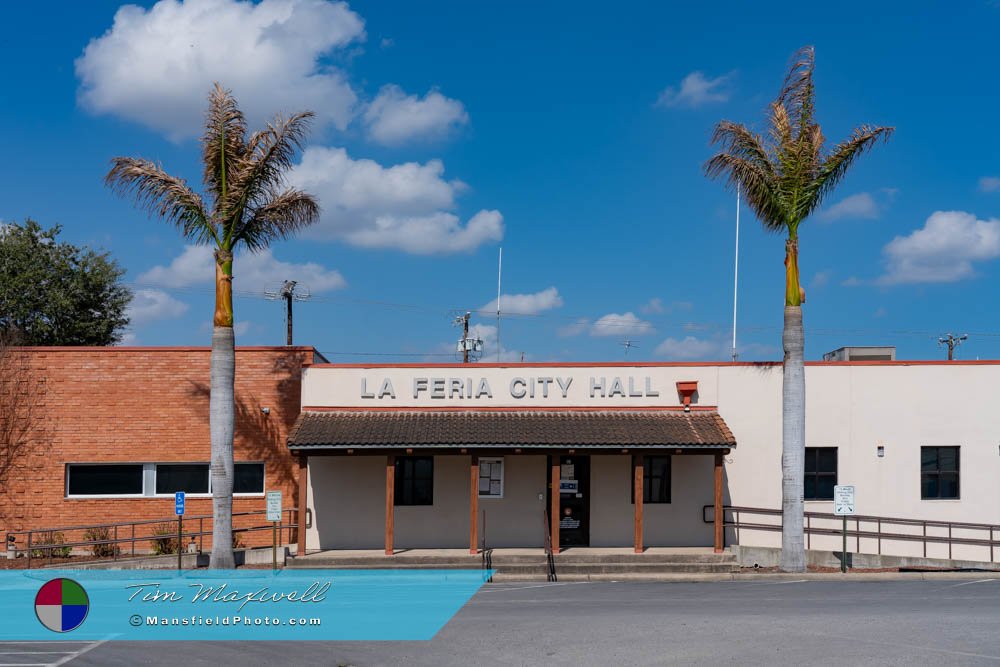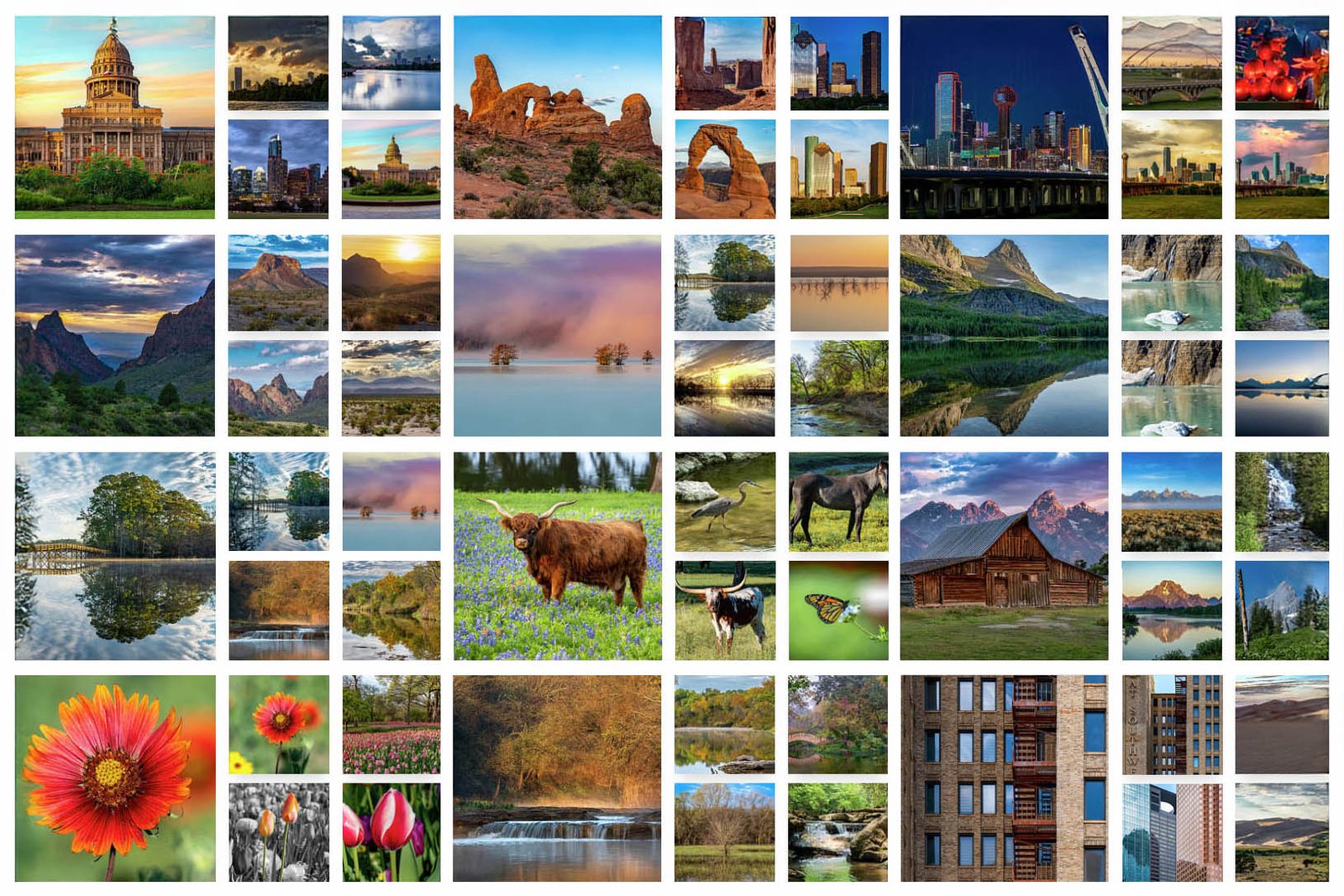La Feria, Texas
– From Spanish Land Grant to Modern-Day Charm.
In 1777, the Spanish crown granted a vast expanse of land in what is now South Texas to Rosa María Hinojosa de Ballí. This grant, known as “La Feria,” became the foundation for a community that would evolve over centuries. The name “La Feria” translates to “The Fair” in Spanish, possibly reflecting the area’s early significance as a gathering place or its fertile lands.
Early Development
For over a century, the Ballí family maintained control of the La Feria land grant, establishing several farms and ranches. The region remained predominantly agricultural, with ranching as the primary economic activity well into the 19th century. It wasn’t until the early 20th century that significant development transformed the area.
Town Formation and Growth
In 1909, land developer G. J. Schoenberg recognized the potential of the region and laid out plans for a new town. That same year, a post office was established, marking the official recognition of the burgeoning community. The arrival of the St. Louis, Brownsville, and Mexico Railway in 1911 further spurred growth. A nearby railroad stop named Bixby was initially a mile from the town center. In a bold move, La Feria’s founding fathers relocated the Bixby depot to their town in July 1912, effectively positioning La Feria as a central hub in the region.
Economic and Social Milestones
By 1915, the town boasted a population of approximately 200 residents. The establishment of a bank, two churches, and a weekly newspaper, the La Feria Leader, underscored the community’s rapid development. The Cameron County Bank, founded in 1912 by Bailey H. Dunlap Sr., played a pivotal role in the town’s financial growth. Originally operating from a modest frame building, the bank moved to a two-story brick structure at the corner of Main and Commerce Streets. This building, notable for its marble entrance and ornate design, still stands today, serving as a testament to the town’s rich history. Over the years, it has housed various businesses, reflecting the dynamic nature of the downtown area.
Incorporation and Mid-20th Century Progress
The community’s growth trajectory continued, leading to its incorporation in 1933. At that time, the population had swelled to 1,594, and the town supported ninety businesses. By 1936, La Feria had expanded its infrastructure to include three schools and two churches, catering to the educational and spiritual needs of its residents. The local newspaper, the La Feria News, kept citizens informed and connected. The town’s strategic location and fertile lands made it a hub for agriculture and trade, attracting more settlers and businesses.
Present-Day La Feria
Today, La Feria seamlessly blends its historical roots with modern amenities. The preserved Cameron County Bank building stands as a focal point in the charming downtown area, offering visitors a glimpse into the town’s storied past. The community celebrates its heritage through various events and maintains a strong connection to its historical landmarks. Modern developments have brought new businesses, schools, and recreational facilities, enhancing the quality of life for residents. Despite growth and modernization, the town retains its close-knit community feel, making it a unique place to live and visit.
Interesting Facts
- Historical Resilience: In May 1929, the town experienced significant flooding, with streets inundated up to the doorsteps of houses. A photograph from that time captures a man standing in the middle of a flooded street, highlighting the community’s resilience in the face of natural challenges.
- Banking Legacy: The Cameron County Bank, after operating as a state bank, converted to a national bank in 1925, becoming the First National Bank of La Feria. This transition reflected the town’s growing economic importance in the region.
- Cultural Mosaic: The town’s development was influenced by a diverse group of settlers, including Spanish land grantees, American developers, and various immigrant communities, contributing to a rich cultural tapestry that defines La Feria today.
Conclusion
From its origins as a Spanish land grant to its current status as a vibrant community, La Feria exemplifies the fusion of history and progress. The town’s commitment to preserving its heritage while embracing modernity offers a unique experience for residents and visitors alike. Whether exploring historical landmarks, attending local events, or simply strolling through the picturesque downtown, one can appreciate the enduring spirit and charm that define La Feria.
